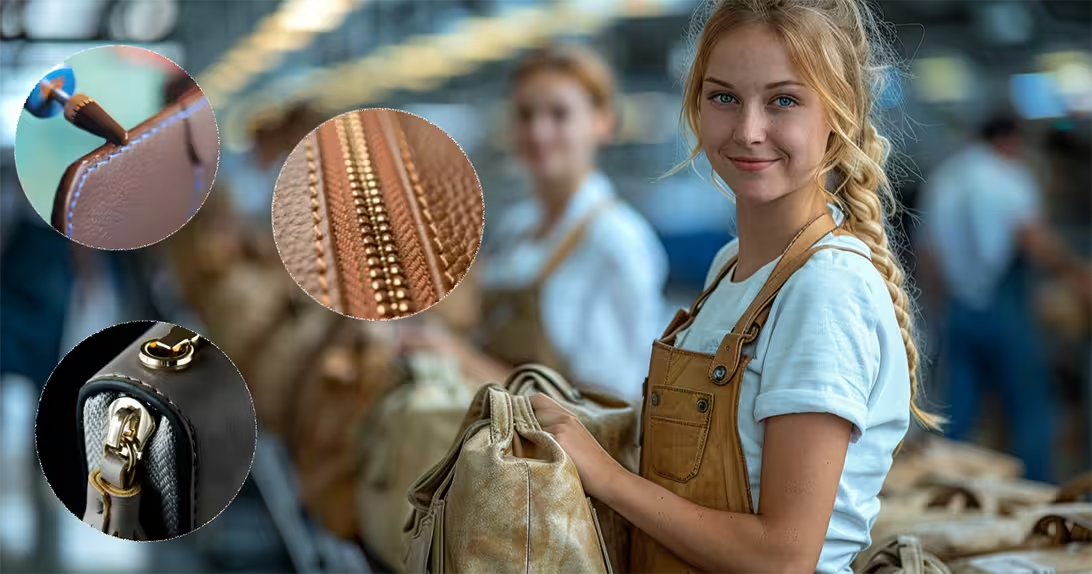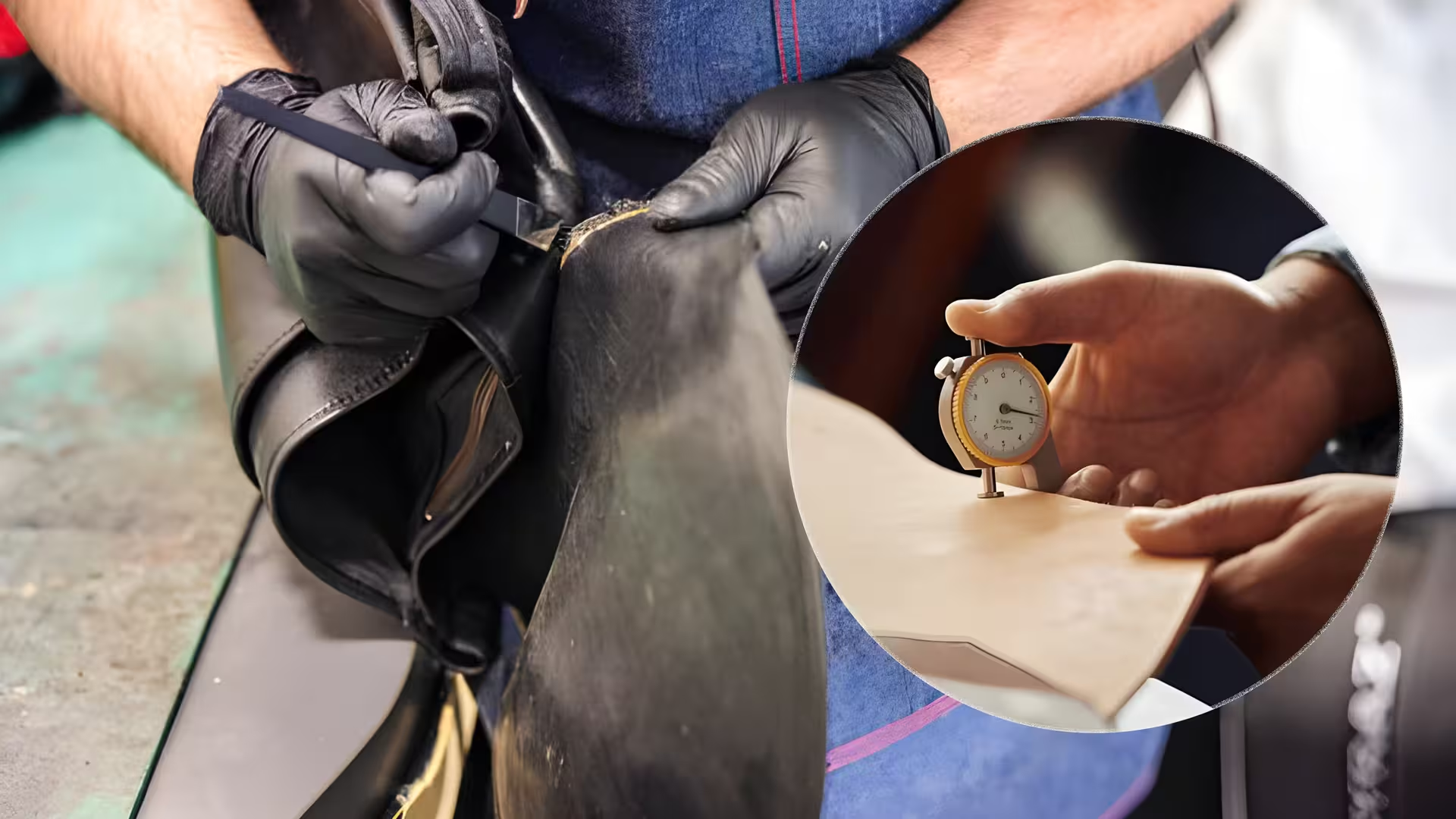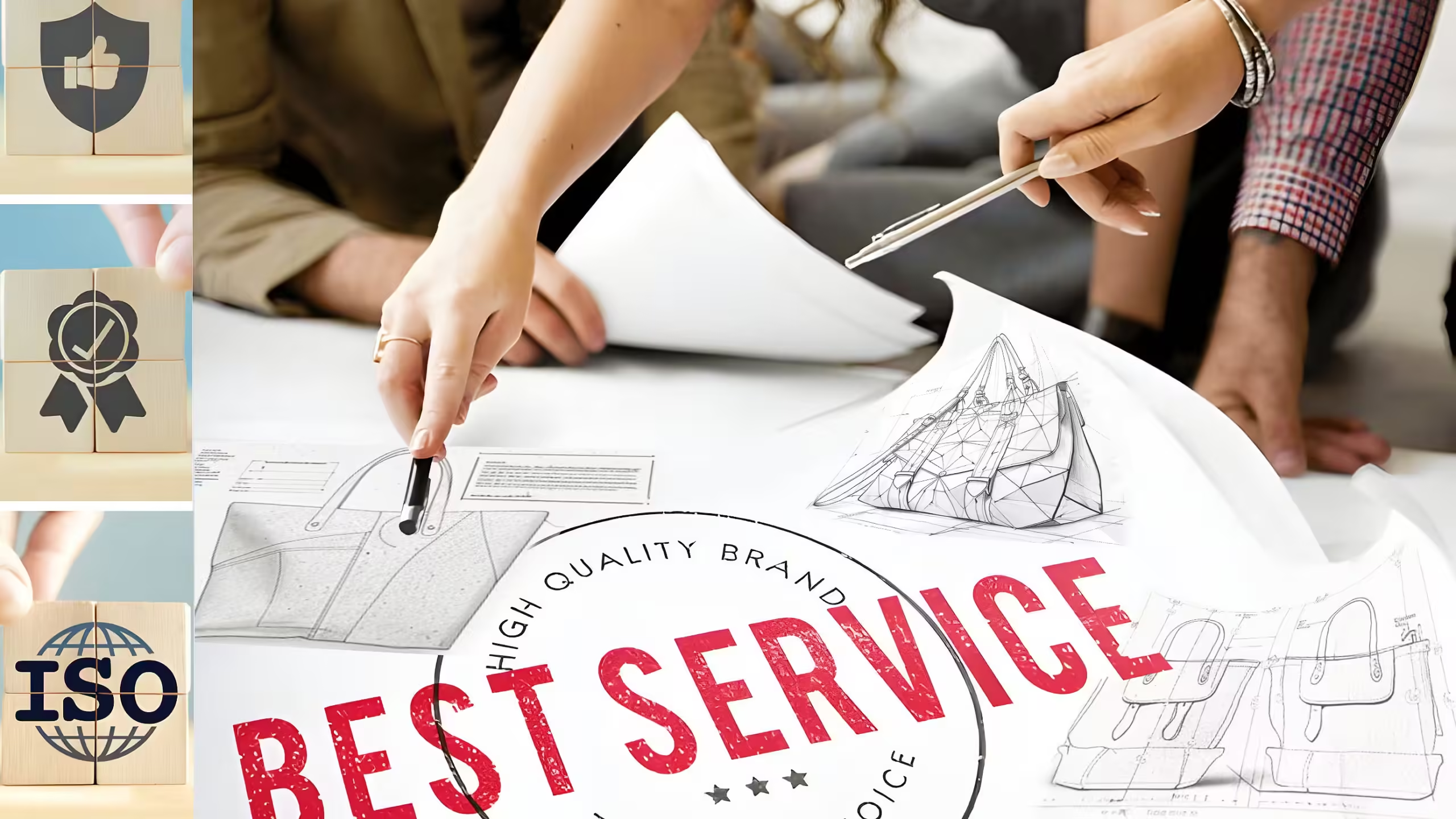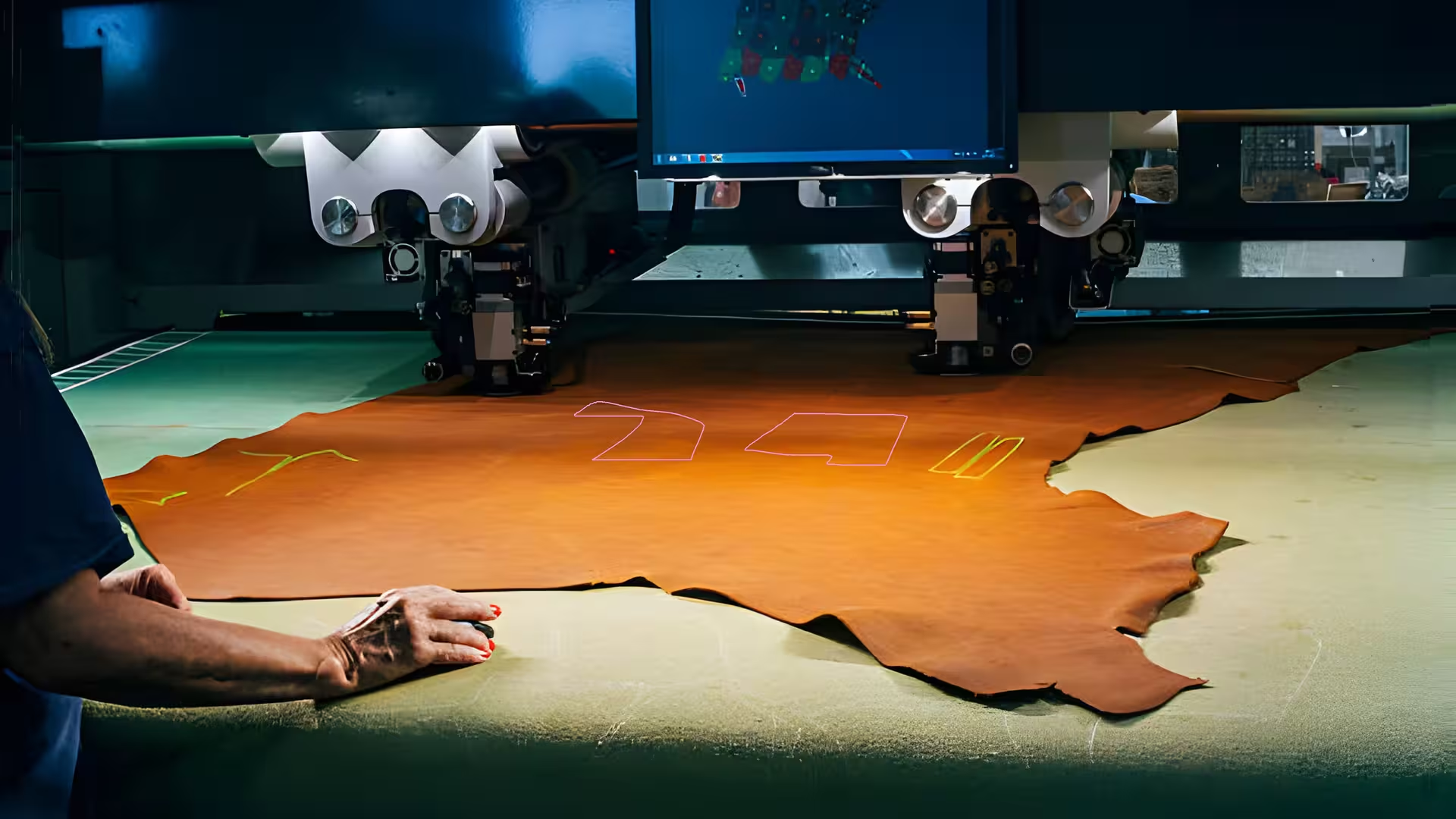When it comes to the Handbags industry, I’ve come to understand that, one of the most critical factors which determines success is QA Quality Assurance. As someone who has spent two and half decades observing design and production processes, I’ve learned that a comprehensive Quality Control is not only quintessential, but it the backbone of all quality leather handbag production.
Quality Inspection : Why QA Matters
In handbag production, attention to detail is paramount, as predominantly this is a manual handcrafts work, assisted by semi-automated machines. There involves innumerable steps from the beginning till end. Every fabric component (both outer & inner), stitches, joints, seam, zipper, hardware must be perfect. The the interiorly sandwiched reinforcements, which are hidden and never sees the light of day, are equally vital.
One minor mistake can compromise the integrity of all items in the entire production line. That’s where QA QC processes comes in play. These initiatives and methods help maintain consistent standards to ensure that every handbag that reaches the customer is flawless, thereby enriching product life and increasing brand equity.

QA QC : Consistent Quality Check Parameters
QA Quality Assurance is most important philosophy to gain confidence of the client. It commences with the Quality control measures that start early from the handbag fabrics selection (leather, canvas, or synthetics). From thickness to strength, filtering natural defects, and hand feeling the fabric, various tests are mandatory. Similarly, cosmetic and functionality tests of other materials of a handbag are paramount. Specific physical functions testing’s are mandatory, either using machines or manually, as below:
|
|
|
Acceptable Quality Limits (AQL) set the maximum number of defects allowed in a handbag production batch before it is rejected, ensuring consistency and quality standards. QA QC inspectors play a critical role by examining handbags at various stages of production, checking for issues like construction or stitching errors or material defects, and ensuring that only bags meeting AQL criteria reach the market. This process maintains high product quality, and upholds brand reputation.
Quality control in laboratory is carried out in a controlled environment to analyze compliance with the standards and regulations is required in cases where the client requests . Accredited laboratories world assigned play a vital role in Quality assessment for testing’s following frequently—
|
|
|

QA Quality Assurance by major Handbag Production Markets
China remains the largest producer of handbags globally. In cities like Guangzhou and Shenzhen, handbag factories are numerous, and they operate with advanced infrastructure, and highly trained workers. It’s no surprise that many luxury brands turn to China for production, given the country’s diligence to high productivity, quality control and quality assurance.
France, Italy, Germany and Netherlands are European key players in handbag production, known for its high-end craftsmanship and attention to detail. Here, quality control is an art form. In factories across these regions, leather handbags are subjected to rigorous testing, ensuring that every aspect aligns with the brand’s standards. Italy’s reputation for luxury handbags craftsmanship is built on this very foundation of meticulous manual hand techniques.
Countries like India, Bangladesh, Vietnam, and Cambodia which have emerged as mass production hubs, trends suggest over last 2 decades. These nations focus on affordable handbags for global retail chains, but are equally held the torch high of both quality and timely deliveries. Factories here use affordable but reliable quality control means, from handy tools to manual hand and visual methods to maintain consistency in quickly identifying the loopholes.

Quality Management Systems: A Structured Approach
QA Quality Assurance has evolved through well-organized systems. Many production markets today adhere to internationally recognized Quality Management Systems (QMS), like ISO 9001. These systems ensure that each stage of production—design, sourcing, manufacturing, inspection, packaging and storage—follows strict guidelines.
The success and global relevance of BS 5750 in 1979 by the British Standards Institution (BSI) led to its adoption and further refinement by ISO, which ultimately resulted in ISO 9001. ISO 9001 was first published in 1987 and has since undergone several revisions to keep up with technological and industrial changes.
Currently, the ISO 9001:2015 is being followed by industries worldwide, including the handbag manufacturing industry. It focuses on a risk-based thinking approach, increased leadership engagement, and aligning quality management systems with strategic business goals.
High quality handbag manufacturers, adopt ISO 9001:2015 to ensure that their products meet consistent quality standards and customer satisfaction while optimizing their processes to improve efficiency and reduce defects. This version is widely adopted because of its flexibility and applicability across various industries, from luxury goods to mass-produced items.
Best QMS software platforms are widely used that empowers organizations. Quality Control software allow them to stay on top of quality operations for product development and mass production.
ISO 9001:2015 emphasizes QC quality control at each stage of production, and maintaining customer satisfaction, all of which are crucial in the highly competitive handbag industry.

Take, for example, the ISO-certified factories in China and Vietnam. These factories use quality control accessories like barcode scanners to track individual pieces and parts from the beginning of production to the end. This way, if there is an issue, they can trace it back to a specific batch or machine. It’s an intricate method, but one that ensures that the merchandise produced meet global standards.
As a key aspect of TQM, production personnel on floor are empowered to stop the assembly line if they notice any quality issues, promoting a culture of responsibility and quality assurance at every step.
In Italy and France, luxury brands like Gucci, Louis Vuitton etc. employ TQM principles to monitor production in real-time. They apply Kaizen i.e. continuous improvement across its production processes. These brands focuses on Lean manufacturing eliminating waste and optimizing efficiency. Quality principle’s followed by these top notch brands have inspired quality handbag manufacturers worldwide to follow their footsteps.
The Role of Technology in QA Quality Assurance
While the leather handbags industry has traditionally been associated with environmental concerns, advancements in technology have enabled more sustainable practices.
Gucci, employs real-time quality control measures by integrate digital technology in production to track the quality of leather and hardware used in bags. Exciting trends has pervaded incorporation of technologies such as AI, automation, and vision-based advanced algorithms for precise cutting and material optimization.
Companies like Comelz, Lectra, Gerber Technology, Zünd, Atom S.p.A., Teseo and Elitron— utilize CNC, digitization, pattern recognition, laser-guided systems for high efficiency quality fabric cutting and sorting processes.

The Bottom Line: Quality First
In my experience, quality control of fashion accessories are not just tools—they are the essential driving force behind all handbags manufacturing. Whether it’s in a high-tech factory in China or a centuries-old workshop in Italy, the commitment to quality control & QA Quality Assurance defines the product’s success. Handbag production is, at its core, about precision in artisanship, with set principles of QMS, that ensures ‘No compromise on Quality’.
READ THIS ARTICLE ON LEATHER’S AURA IN THE SUSTAINABILITLY OF QUALITY HANDBAGS:
Leather Legacy: Traditional Handbags Survival in a World of New Materials

